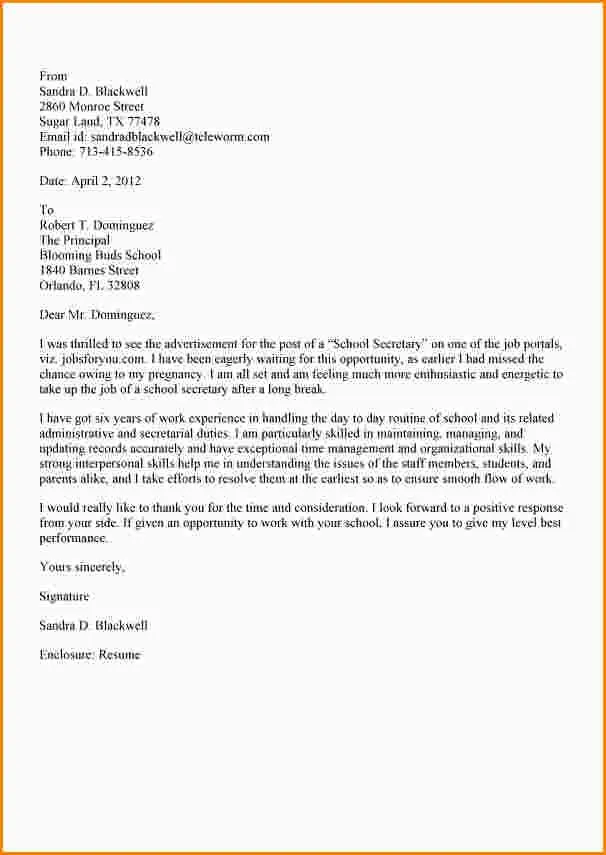Crafting the Perfect School Secretary Cover Letter
A school secretary plays a vital role in the smooth functioning of any educational institution. From managing communication to handling administrative tasks, a school secretary is the linchpin of the school’s daily operations. Therefore, your cover letter is your first opportunity to showcase your qualifications and demonstrate why you’re the ideal candidate for the position. This guide provides you with the top tips for crafting a compelling cover letter that will impress potential employers and increase your chances of landing an interview. By following these tips, you’ll be well on your way to securing your dream job as a school secretary.
Understanding the School Secretary Role
Before diving into cover letter specifics, it’s crucial to understand the core responsibilities of a school secretary. This understanding will help you tailor your letter to highlight the skills and experiences that are most relevant to the position. Schools depend heavily on their secretaries for many tasks, therefore crafting your cover letter around those tasks is important.
Key Responsibilities of a School Secretary
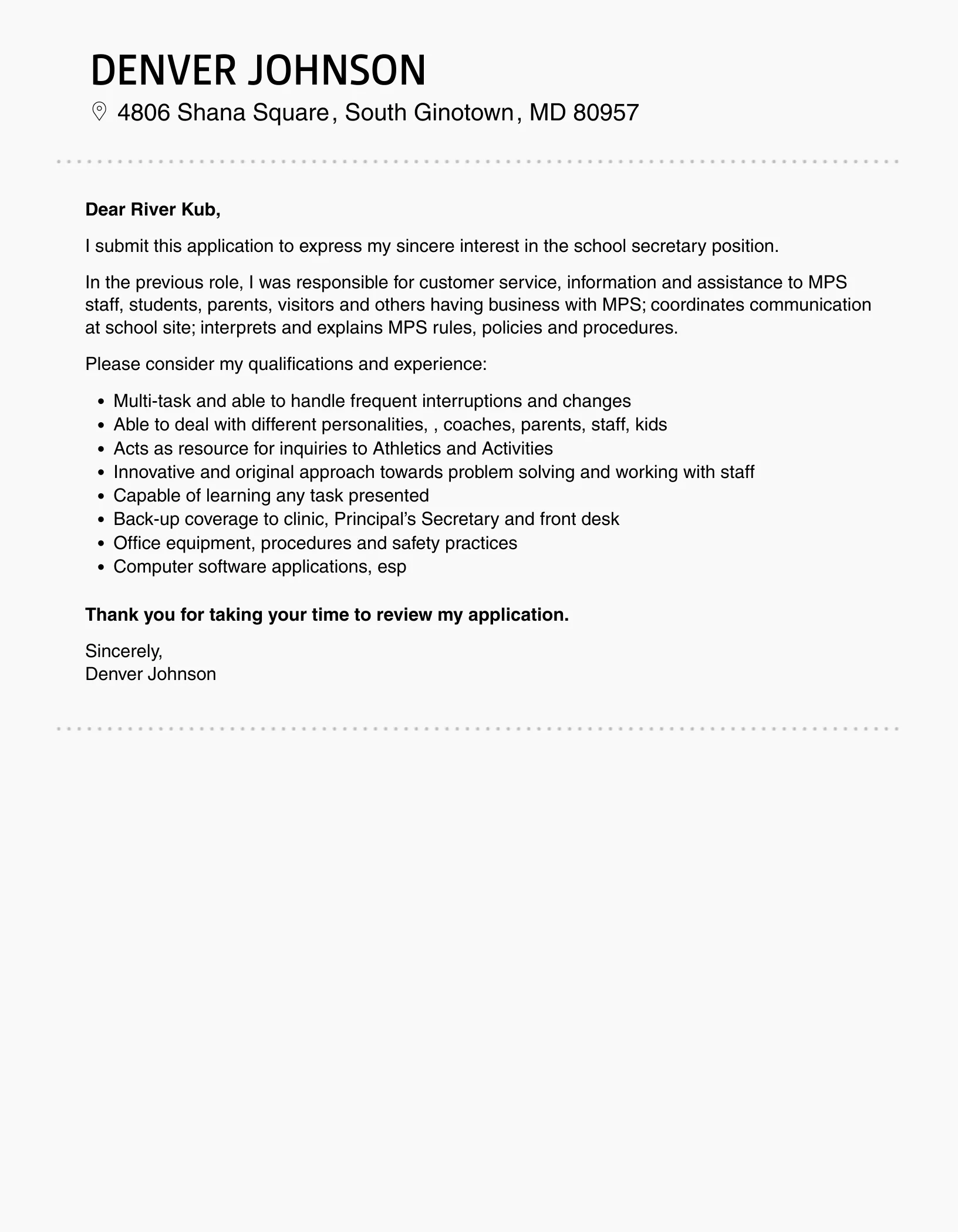
The duties of a school secretary are diverse and essential. They often include answering phones, managing correspondence, greeting visitors, and providing administrative support to teachers, students, and parents. A secretary also manages student records, schedules appointments, and handles various clerical tasks, ensuring the school runs efficiently. The ability to multitask, maintain confidentiality, and communicate effectively is paramount in this role. A successful school secretary is organized, detail-oriented, and possesses excellent interpersonal skills.
Essential Skills for a School Secretary Position
A strong school secretary possesses a combination of hard and soft skills. Employers seek candidates who can handle various tasks while maintaining a professional demeanor. Highlighting these skills in your cover letter will help you stand out from the competition. Therefore, you should always take the time to focus on your best skillsets.
Communication Skills
Effective communication is critical for a school secretary. This includes excellent written and verbal communication skills. Secretaries must be able to interact professionally with parents, students, teachers, and administrators. Your cover letter should showcase your ability to communicate clearly, concisely, and empathetically. Highlight any experience in handling phone calls, writing emails, or composing official correspondence.
Organizational Skills
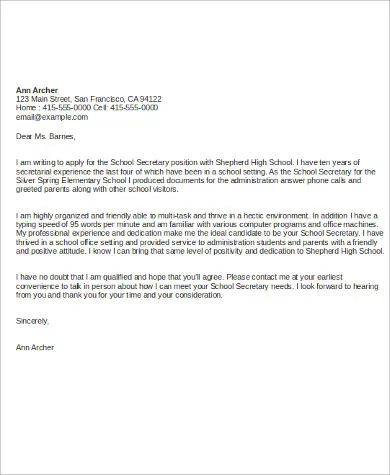
School secretaries need to be highly organized to manage multiple tasks and deadlines. Demonstrate your ability to prioritize tasks, manage time effectively, and maintain accurate records. Mention any experience with scheduling, filing, or organizing events. The ability to create and maintain efficient systems is a valuable asset in this role.
Technical Proficiency
Proficiency in computer applications is a must-have. Mention your experience with word processing, spreadsheets, email, and database software. Knowledge of specific school management software is a plus. Be sure to list any relevant certifications or training in your cover letter. Employers want people with the technical know-how, so be sure to have that as part of your letter.
Formatting Your Cover Letter for Impact
The format of your cover letter is as important as its content. A well-formatted letter is easy to read and creates a professional impression. Remember, your goal is to make it easy for the hiring manager to find the information they need quickly. Avoid clutter and keep it organized. Proper formatting demonstrates attention to detail and professionalism.
Header and Contact Information
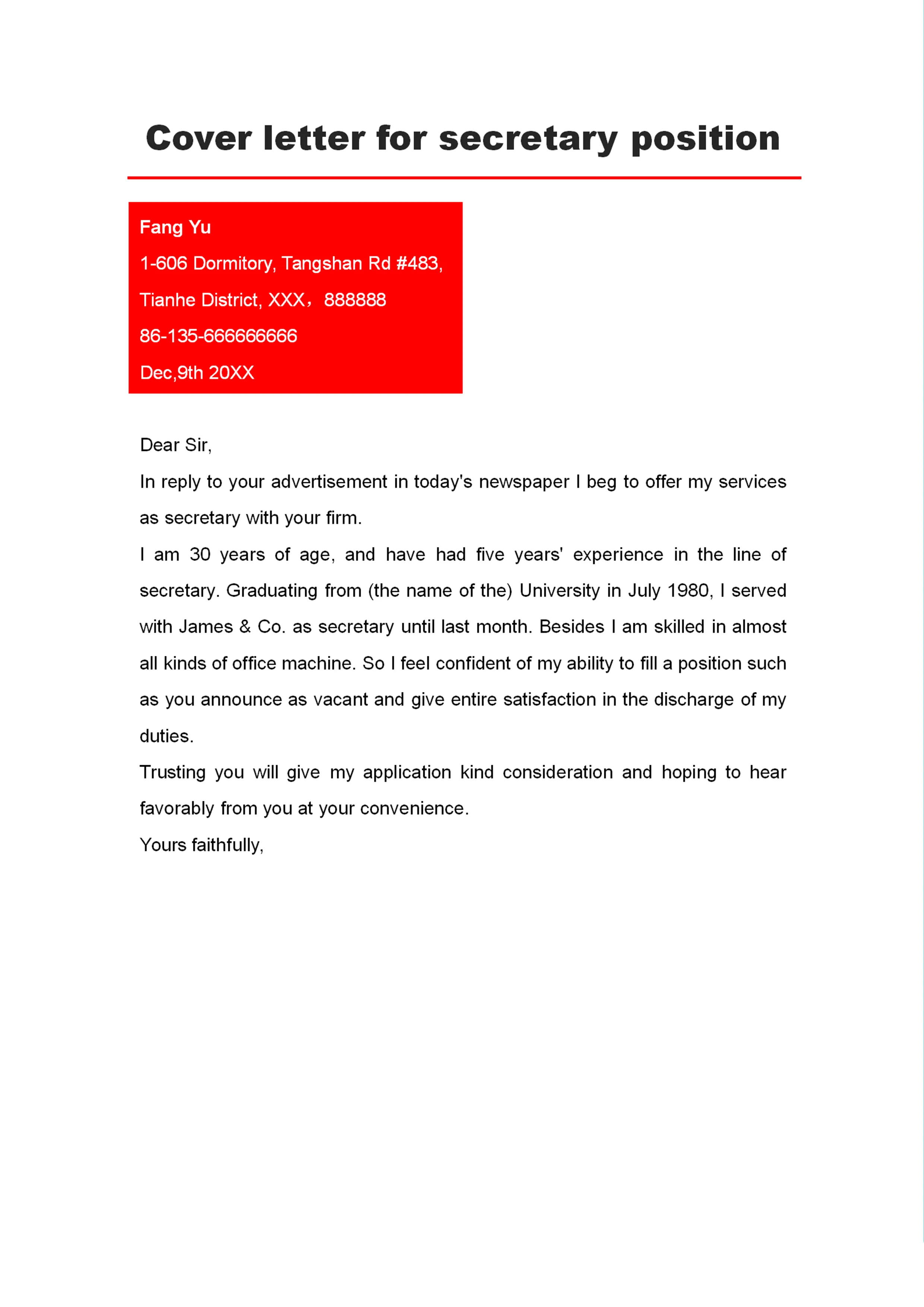
Begin with your contact information at the top of the letter. Include your full name, address, phone number, and email address. Also, include the date and the recipient’s contact information. Ensure all contact information is accurate and up-to-date. This is the first thing the hiring manager will see, so make sure it looks professional.
The Opening Paragraph Grab Attention
Start your cover letter with a strong opening paragraph that grabs the reader’s attention. Clearly state the position you are applying for and where you saw the job posting. Briefly mention why you are interested in the role and what makes you a suitable candidate. Showing enthusiasm from the beginning is important, and you should express it with confidence and professionalism. Make sure to get to the point quickly.
Highlighting Relevant Experience
In the body of your cover letter, highlight your relevant experience. Focus on the skills and experiences that align with the job description. Use specific examples to illustrate your accomplishments and demonstrate how you have excelled in previous roles. Whenever possible, quantify your achievements to show the impact you’ve made. If you are just starting out, highlight internships or volunteer work.
Showcasing Your Skills
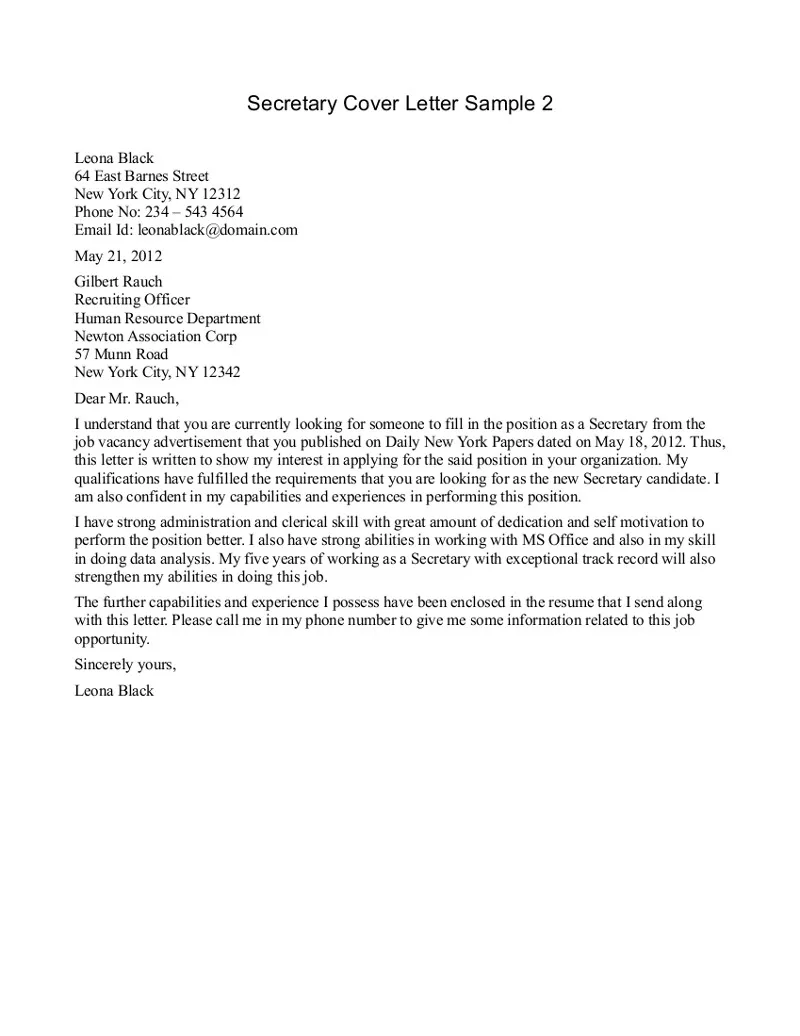
In addition to your experience, showcase your skills. Refer back to the skills mentioned earlier in the article. Provide concrete examples of how you’ve utilized those skills. This will help the employer see you in action, and it helps them see how you can contribute to the team. Also, make sure to match the language in the job posting to your cover letter, as this helps with the ATS.
Quantifying Achievements
Whenever possible, quantify your achievements. Use numbers and statistics to demonstrate the impact you’ve made in previous roles. For example, if you improved office efficiency, state the percentage by which you reduced paperwork or improved response times. Numbers give the employer a clear understanding of your contributions.
Expressing Your Enthusiasm
Convey your enthusiasm for the position and the school. Explain why you are interested in working at this particular school and what you admire about their mission or values. Showing genuine interest can make your application stand out from the rest, and it shows that you are committed. This can be one of the easiest ways to separate yourself from the other applicants.
The Closing Paragraph
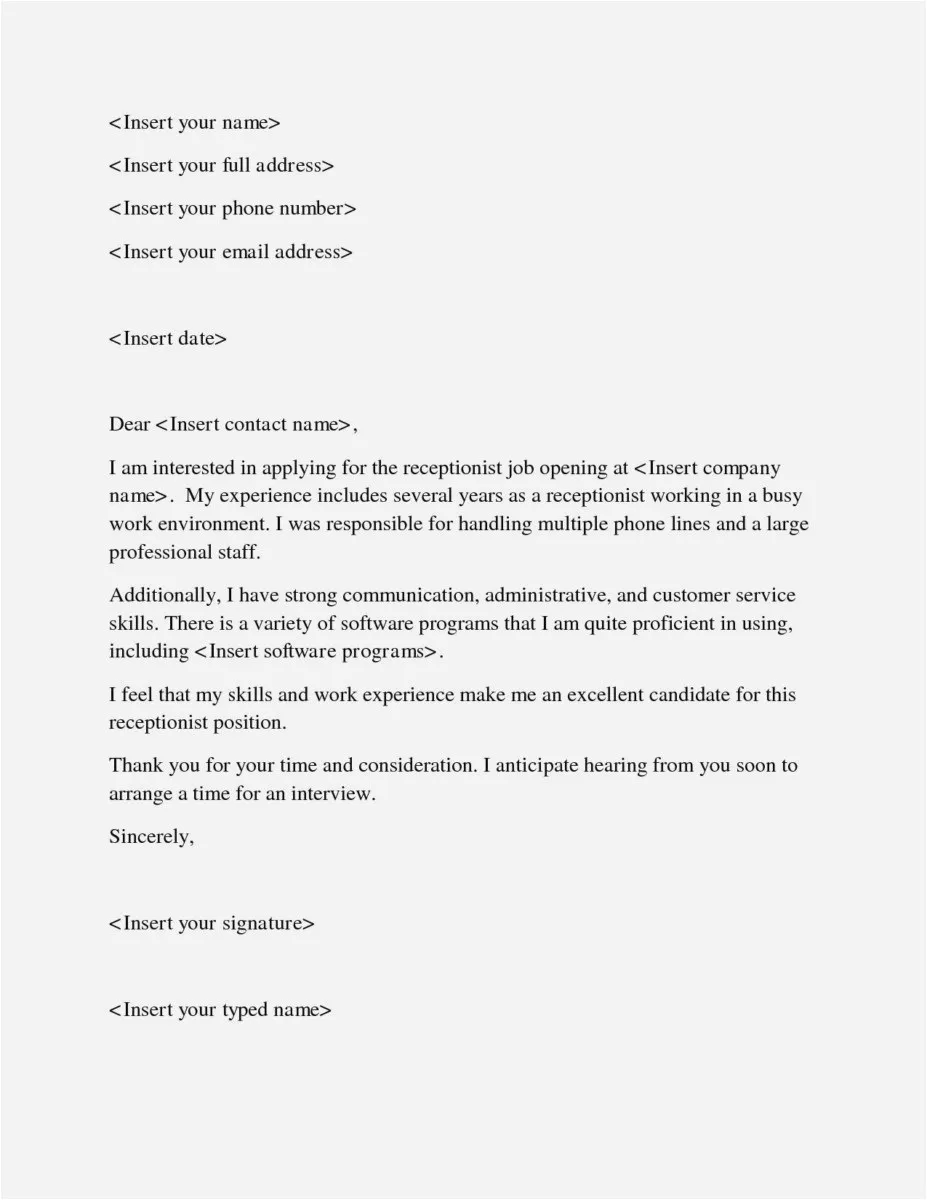
In the closing paragraph, reiterate your interest in the position and thank the hiring manager for their time and consideration. Include a call to action, such as stating that you are available for an interview and look forward to hearing from them soon. A strong closing paragraph should summarize your key qualifications and leave a positive final impression.
Proofreading and Editing
Before submitting your cover letter, carefully proofread and edit it for any errors. Check for typos, grammatical errors, and inconsistencies. It’s helpful to have a friend or family member review your letter as a fresh pair of eyes can catch errors that you might miss. A polished cover letter demonstrates your attention to detail and professionalism. Use tools such as Grammarly to catch mistakes.
Tailoring Your Cover Letter to the School
Customizing your cover letter to each school is critical to showing your genuine interest and suitability. Generic cover letters often end up in the trash. This shows you care about the particular role and institution.
Researching the School’s Values and Mission
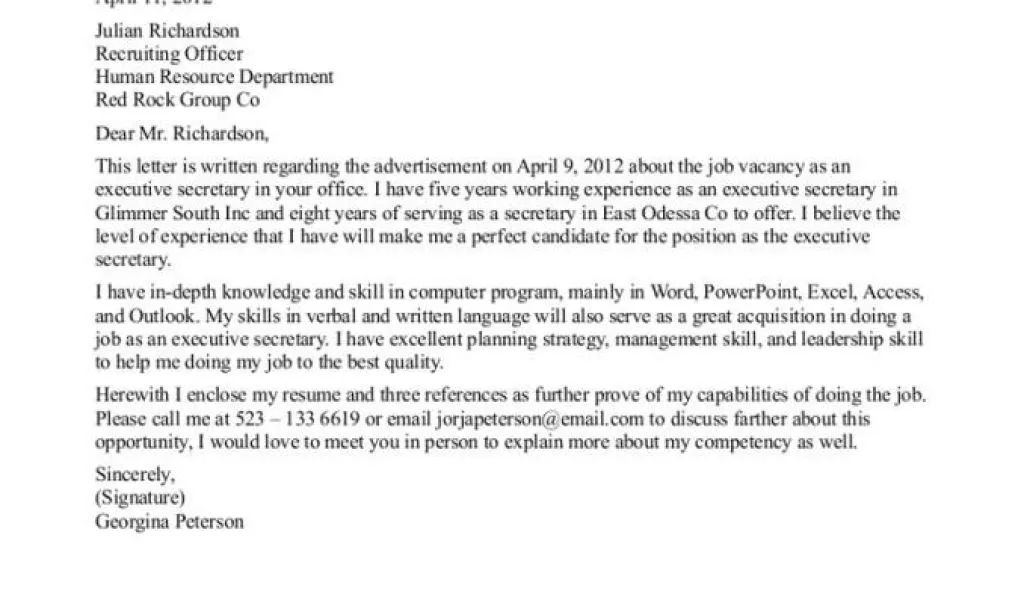
Before writing your cover letter, research the school’s values, mission, and goals. Visit their website, read their mission statement, and learn about their programs and initiatives. This knowledge will help you tailor your letter to demonstrate how your skills and experience align with their specific needs and values. Show that you understand the organization and the role.
Addressing the Specific Needs of the School
Carefully review the job description and identify the specific needs and requirements of the school. Address these needs directly in your cover letter by highlighting the skills and experiences that are most relevant to the position. Use the language and keywords from the job description to demonstrate that you are a good fit. Tailoring your cover letter will give you a significant advantage.
Demonstrating Your Understanding of the School’s Culture
Show that you understand the school’s culture and environment. If possible, mention any specific programs or initiatives that resonate with you. This will demonstrate your genuine interest in the school and your commitment to its success. If you know someone at the school, ask them about the culture and make sure it matches your values.
Common Mistakes to Avoid
Avoid these common mistakes to ensure your cover letter makes a positive impression. These are simple tips to make sure your cover letter is read and not discarded. Many cover letters get rejected because of basic errors.
Generic Cover Letters
Avoid sending generic cover letters that are not tailored to the specific school or position. Customize your letter to show that you have taken the time to understand the school and its needs. Generic letters often lack impact and are less likely to be considered seriously.
Typos and Grammatical Errors
Always proofread your cover letter carefully for any typos or grammatical errors. Mistakes can detract from your professionalism and make it appear that you lack attention to detail. Use spell check and grammar check tools, and have someone else review your letter. Make sure that your work looks professional.
Lack of Enthusiasm
Show genuine enthusiasm for the position and the school. Avoid using a passive or indifferent tone. Your cover letter should convey your excitement about the opportunity and your eagerness to contribute. Make sure to convey your excitement with confidence. You should be excited about the job you are applying for.
Not Tailoring the Letter
As mentioned earlier, avoid using a generic cover letter. Tailor your cover letter to the specific job requirements and the school’s values. Research the school and customize your letter to address their specific needs and demonstrate how your skills align with their goals. This shows you are interested in the role and organization.
Finalizing and Submitting Your Cover Letter
Once you have written and edited your cover letter, it’s time to finalize it and submit your application. Following these simple steps will help you submit a professional cover letter that has a higher probability of being read.
File Format
Save your cover letter in a professional file format, such as PDF, unless the job posting specifies otherwise. PDF files preserve the formatting and ensure that your letter appears the same on all devices. Always read the job posting carefully and adhere to the format requested.
Submission Instructions
Carefully follow the submission instructions provided in the job posting. Ensure that you submit your cover letter and resume according to the employer’s guidelines. Double-check that all documents are attached and submitted correctly. Always double check to be sure everything is submitted.
Following Up
After submitting your application, it’s acceptable to follow up with the hiring manager or HR department. Send a brief email a week or two after the application deadline to inquire about the status of your application. This demonstrates your continued interest in the position and your commitment to following up. If you haven’t heard back within 2 weeks, consider following up again.
By following these top tips, you can craft a compelling cover letter that showcases your skills, experience, and enthusiasm for the school secretary position. Remember to tailor your letter to each school, proofread carefully, and express your genuine interest in the opportunity. Good luck with your job search!
